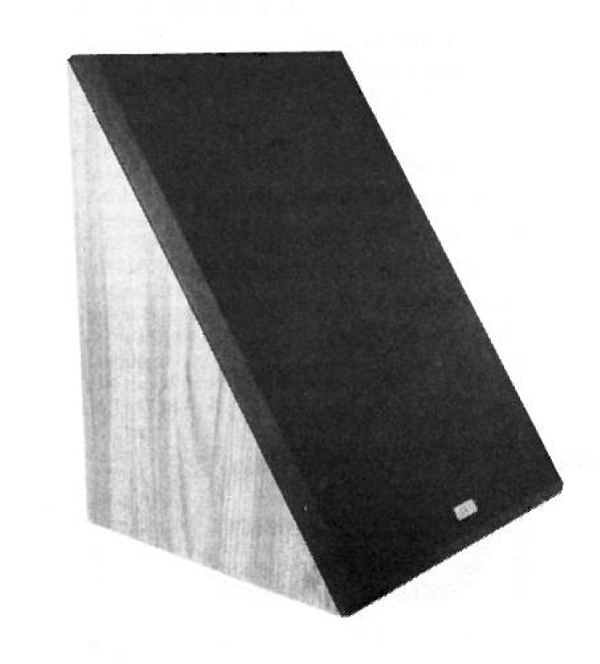| Columns Retired Columns & Blogs |
LATEST ADDITIONS
|
Mar 15, 1998 |
81 comments
The world used to be a simple place, where a record would sell only if it was big on the radio. These days, folks get their information about music from all over the map. Where do you get yours?
How do you find out about the music you buy?
Radio
16% (29 votes)
Magazine reviews
40% (71 votes)
Word of mouth
12% (21 votes)
Record store
9% (16 votes)
Internet reviews/samples
6% (11 votes)
Live venues
2% (3 votes)
Other (please explain)
16% (28 votes)
Total votes: 179







